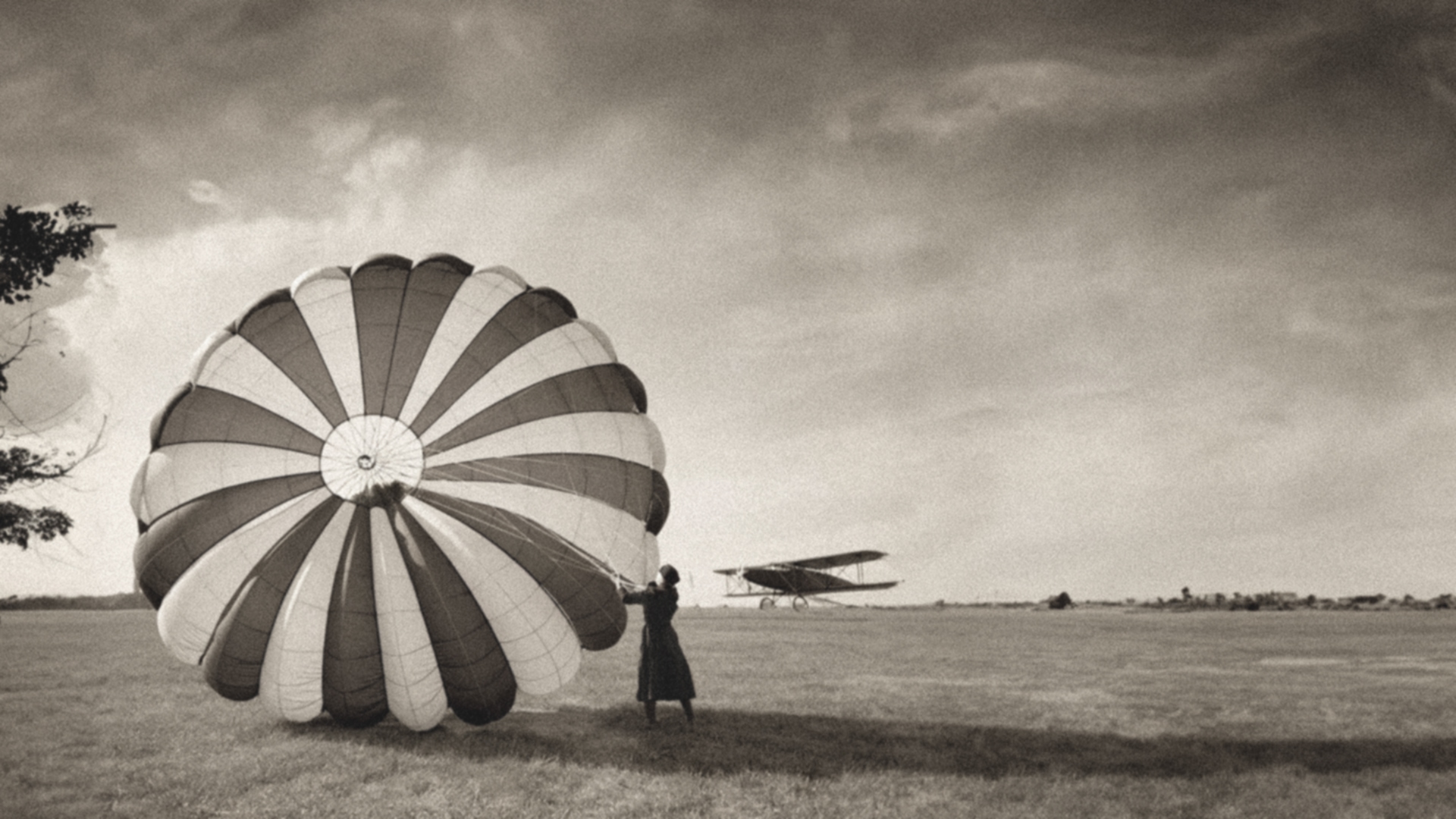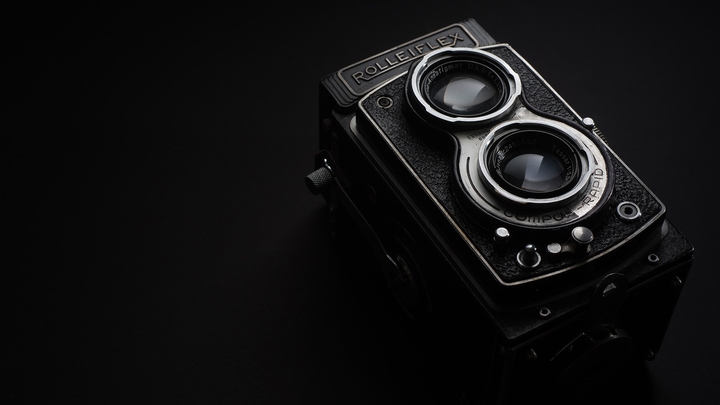
The Foundation for a Better Life
Never Too Small to Make a Big Difference.
Georgia “Tiny” Broadwick was the first woman to jump from an airplane using a parachute.
By The Foundation for a Better Life
Watching paragliders and skydivers these days is thrilling. They float and control their gossamer sails like giant birds. Imagine the first parachutes and the thrills they evoked in crowds who had never seen a human drop from the sky.
The year was 1913. Airplanes were new and a great attraction around the country. Fifteen-year-old Georgia Broadwick sat perched on a trap seat fastened to the outside of the fuselage of a biplane. The crowd grew nervous just watching the takeoff with the five-foot-nothing, 89-pound teenager rocking behind the wing.
The biplane bounced and rattled as it sped down a rough dirt field, with the daredevil known as “The Doll Girl” adorned in frills and bows and ruffled bloomers waving to the anxious crowd. Once high above the crowd, a cord was pulled to release “Tiny” Broadwick into the air. She dropped rapidly at first, causing the audience to hold its collective breath. Then a streamer appeared, and a silk canopy blossomed in the afternoon sky. The Doll Girl swayed in the gentle breeze and touched down, safe and smiling. The crowd roared their approval.
Georgia Broadwick was born in 1893 weighing only 3 pounds, which earned her the nickname of Tiny. It stayed with her for life. At 13 years old, she went to work for 14-hour days in a cotton mill. At 14, she saw an air show at the North Carolina State Fair, “The Broadwicks and their Famous French Aeronauts” — a group of daredevils who parachuted from hot air balloons. Georgia asked Charles Broadwick if she could become part of the act. He agreed, and eventually, he adopted her. Tiny traveled all over the country, sending money home to her mother and the little girl she left behind. In time, the balloon act lost popularity, but famed pilot Glenn Martin had seen her parachute. Tiny approached him and asked if she could jump from his airplane. Suddenly, her life was elevated.
At first, the parachute was on a static line deployed automatically by the pilot. But on the fourth jump, the static line got tangled in the tail of the plane, leaving Tiny flapping in the wind. She kept her cool, cut the cord and yanked on the remaining bit when she was free of the tail. The result was the first rip-cord parachute. Tiny went on to parachute over 1,000 times. The military adapted her design for pilots in World War l, saving many lives with the manually deployed parachute known at the time as the “life preserver of the air.”
Georgia “Tiny” Broadwick made the most of her life during a time when there were no economic parachutes for the working class. It was “make a living or die.” She found a way to take advantage of her diminutive stature and innovated the lifesaving parachute.
“I tell you, honey, it was the most wonderful sensation in the world!” she related in her older years about jumping out of airplanes. She is now enshrined in the Army Museum — the smallest person to ever receive such an honor.
Think Big… PassItOn.com®
Copyright ©2024 The Foundation for a Better Life. All rights reserved. Available under a Creative Commons Attribution NonCommercial-NoDerivatives 4.0 License (international): https://creativecommons.org/licenses/by-nc-nd/4.0/
The Foundation for a Better Life, a 501(c)(3) non-profit organization, gives your newspaper permission to publish these stories in print and electronic media (excluding audio and video), provided the stories are published in their entirety, without modification and including the copyright notice. For any modification, permission must first be obtained from the Foundation by emailing media-relations@passiton.com. Thank you.
We add new stories each month. If you'd like to be notified when we publish new stories, enter your information below.




